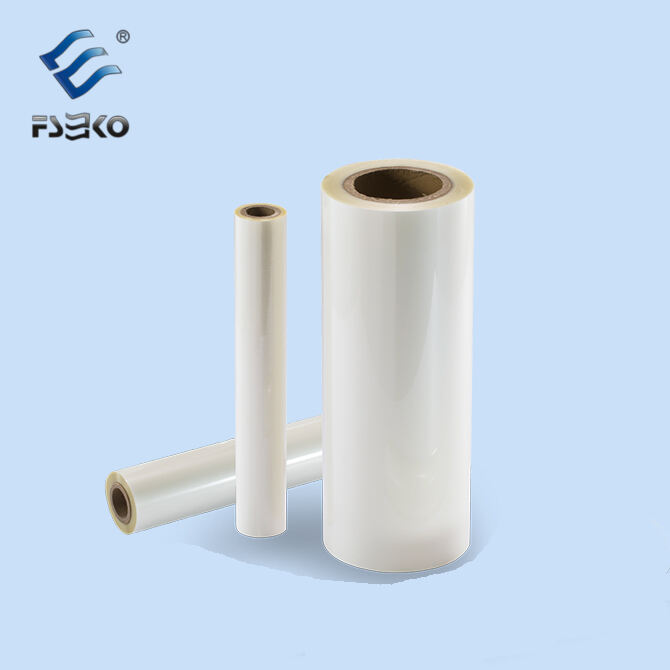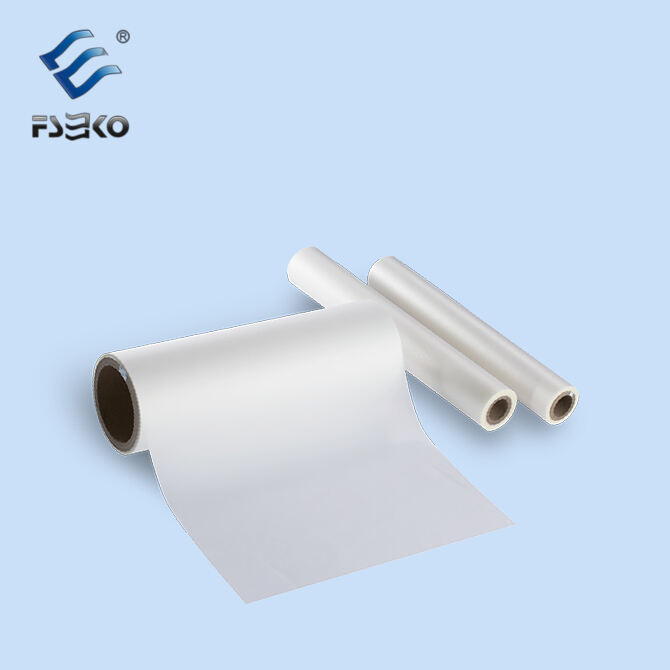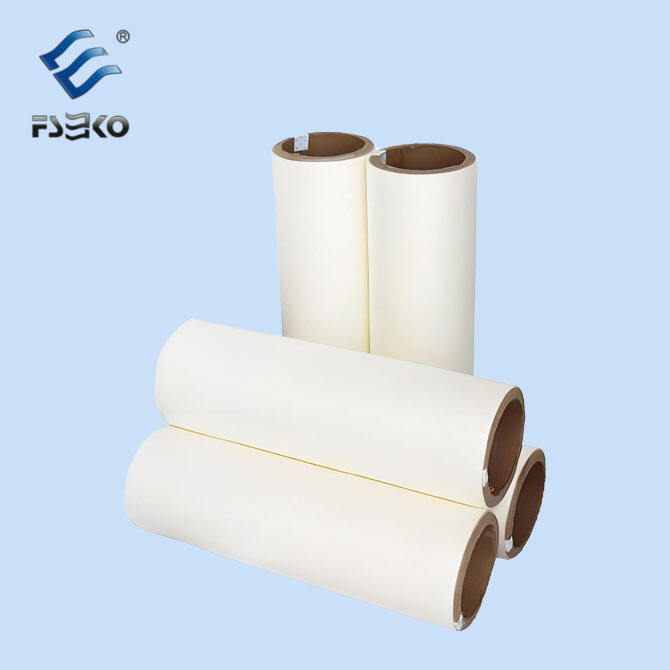In the quest for more sustainable packaging and printing solutions, the terms "plastic - free film" and "biodegradable film" are often mentioned. Guangdong EKO Film Manufacture Co., Ltd., a company committed to social responsibility and environmental protection since 1999, can help clarify the differences between these two types of films. Plastic - free film, as the name implies, is made without any plastic components. It is typically composed of natural materials such as paper, cellulose, or other plant - based fibers. One of the main advantages of plastic - free film is its reduced environmental impact from the outset. By eliminating plastic, it helps to reduce the amount of non - biodegradable waste that ends up in landfills and oceans. Plastic - free film is also often renewable and can be sourced from sustainable forests or agricultural by - products. Biodegradable film, on the other hand, is made from materials that can break down naturally over time through the action of microorganisms. These materials may include some types of plastics that have been specially formulated to be biodegradable, as well as natural polymers. The key advantage of biodegradable film is that it can decompose in the environment, reducing the long - term impact of waste. However, it's important to note that the biodegradability of these films can vary depending on factors such as the specific material used, the environmental conditions, and the presence of oxygen. One of the main differences between plastic - free film and biodegradable film is their composition. Plastic - free film is completely free of plastic, while biodegradable film may still contain some plastic components, albeit in a form that can break down. This can affect their properties and performance. For example, plastic - free film may have different strength, flexibility, and moisture - resistance characteristics compared to biodegradable film. In terms of applications, both plastic - free film and biodegradable film can be used for a variety of purposes, including packaging, food wrappers, and labels. However, the choice between the two may depend on the specific requirements of the application. For example, if the film needs to have high strength and moisture resistance, a plastic - free film made from a durable natural material may be more suitable. If the focus is on reducing the environmental impact after disposal, a biodegradable film may be the better option. Another factor to consider is the cost. Plastic - free film may be more expensive to produce due to the use of natural materials and specialized manufacturing processes. Biodegradable film, while also potentially more expensive than traditional plastic films, may be more cost - effective in some cases, especially as the technology for producing biodegradable materials continues to improve. At Guangdong EKO Film Manufacture Co., Ltd., we are committed to developing a range of environmentally friendly and sustainable film solutions, including both plastic - free and biodegradable options. We understand the importance of reducing plastic waste and are constantly innovating to provide our customers with the most sustainable and high - quality products available.


